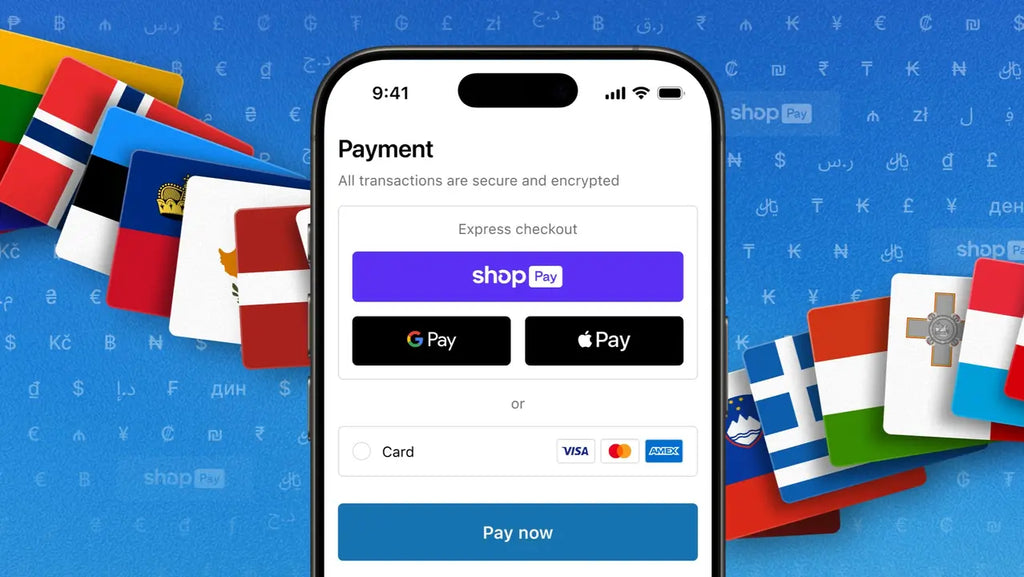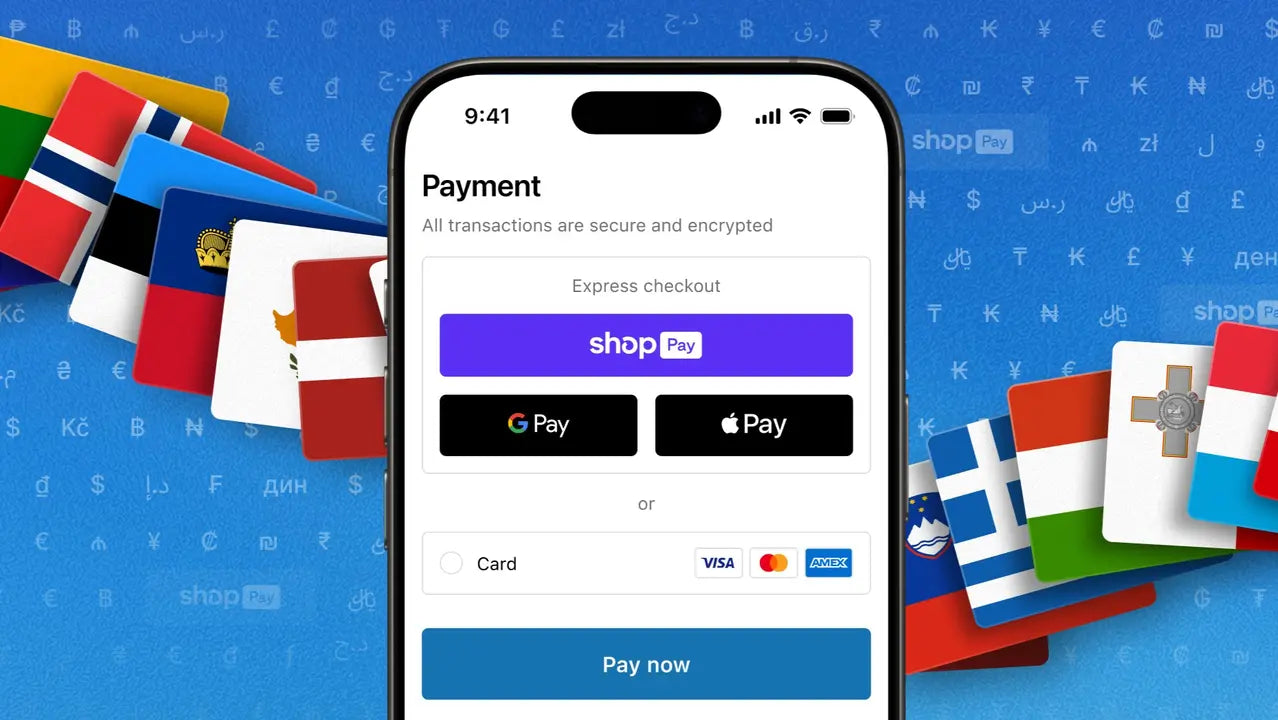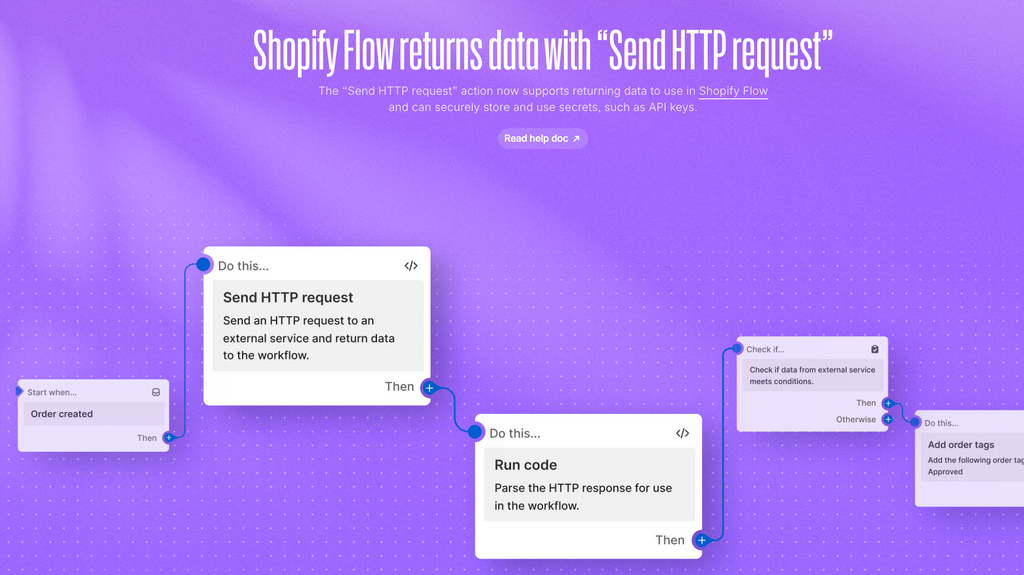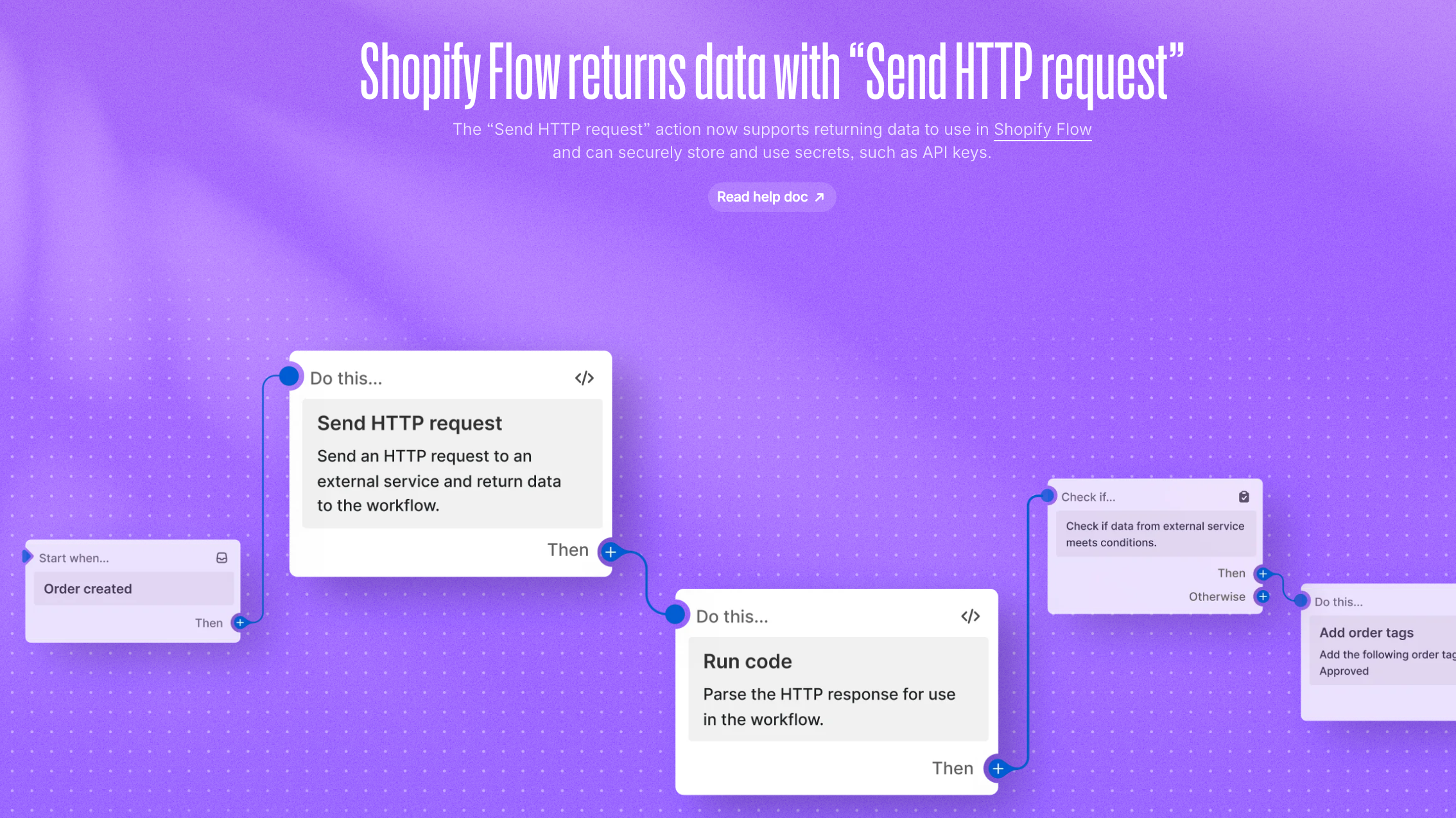
-
Shopify
+1
Klaviyo Vol 5: Solving Localised Double Opt-In at Scale
Klaviyo Vol 5: Solving Localised Double Opt-In at Scale
Shopify Editions Summer '25

Bella Hume
Shopify Editions Summer ’25 is here, and this time, a new 'Horizon' comes into view.
There are new features, good vibes, and AI everywhere. It marks another step towards Shopify’s long-term goal of unified commerce: one independent platform where developers can build freely and merchants can scale globally.
With over 150 new features and improvements, this release builds on the foundational and intentionally “boring” Winter ’25 update, offering a more expressive toolkit that merchants have been waiting for - in creative gear. Now with access to stronger automation, smarter AI, design flexibility and analytics tools, brands can effectively go wild!
But the wild is still the wild and it’s often untrekked. When brands instinctively feel like diving head first into the new, it’s important to realise what these changes and features really mean. We sat down with Tijs Luitse, our AI & Innovation Lead, and Niels Koster, our Shopify Consultant, and hand-picked the standout updates for ecommerce and dev teams to jump on.
We finish with a Reddit Round-up, where our experts answer some of the internet’s burning questions since the Horizon release. Keep reading!
Right now, we’re seeing 80% of developer time going into building custom sections. Sidekick and generative AI are starting to change that and for ecommerce teams and developers, this will largely reduce the repetitive nature of building and assign more time for creative strategy. With AI handling product data, content, and segmentation inside the Shopify admin, teams can move faster and limit the need to jump between tools.
"Sidekick and Gen AI is inching closer to being an AI co-pilot from what I’m seeing. It can already modify product attributes and media, which saves teams hours of repetitive work. A feature that I’m really waiting for is its ability to create and adjust complex Shopify Flow’s. These two will make a more robust experience and allow us to build more natively.”
Theme flexibility has long been a friction point for merchants. While Dawn introduced a more modular base, customization was still largely confined to swapping layouts and basic section tweaks. Horizon offers a new way to build, flexibly.
"Horizon changes how we think about native Shopify themes. The flexibility is powerful and it's a completely new foundation. You can now, for example, drop an icon directly into an existing 'Image with Text' block and style it natively. That wasn't possible before without custom code. You can nest blocks in sections to create more custom layouts, customize your product cards to show more than just a title and price, add things like swatches, inventory levels, ratings, text, buttons etc...the list goes on.
But this flexibility also creates complexity. The more options merchants have, the easier it is to accidentally dilute design consistency. So for brands, this means design systems and stricter guidelines are more important than ever."
"For consultants, our role becomes more strategic, guiding structure, governance, and best practices in a more malleable creative environment.”

Historically, Shopify merchants with region-specific legal entities were forced to spin up multiple expansion stores, creating the need for duplicate content and increased operational overhead. This update allows brands to run different markets under a single Shopify Plus instance.
"This is massive for global brands. Being able to consolidate store management while still complying with different tax and business structures saves time, cost, and headaches.
However, this new way of working requires a mindset shift as it will increase store complexity significantly. Merchants will need careful setup, clear documentation to decipher between individual market requirements, to make sure things don’t get out of hand."


Consumer behavior is shifting towards conversational, intent-driven shopping. Shopify’s investments in Storefront MCP. The recent announcements around Shopify integration within OpenAi's products plus their Global Catalog launch and Shop App improvements, we see Shopify moving towards.
"This is the start of AI becoming the front-end. Imagine a shopper chatting with your store, asking for 'something lightweight for summer under €100 and having an agent build the cart in real-time. Storefront MCP is something we are experimenting with for clients to promote faster, more specific shopping experiences for customers.”
Shopify is closing the loop between low-code workflows and pro-code customizations. The new developer platform offers modern build tooling, and Shopify Flow’s now supports advanced data interactions that used to require custom middleware. So, developers get a more streamlined build process with fewer workarounds, ecommerce teams can launch smarter automations faster, and technical debt is reduced across the board.
"We used to rely on tools like Gadget or create custom Serverless apps with Next.js, to create middleware and integrations. Now, with their new updates we can relay more natively within Shopify Flows. It means fewer moving parts, lower costs, and a tighter feedback loop between front and backend logic.”


Welcome to the Reddit Round-up!
Every Edition drop comes with questions, hot takes, and the occasional developer meltdown. So we went to Reddit to answer some of the internet’s burning questions since the release of Horizon. Here’s what the Shopify community is buzzing about, and what Niels's and our team at Ask Phill has to say.
Question 1: Is the Horizon theme just a prettier Dawn?
“Definitely not! It's a completely revamped design and code foundation, harnessing the power of theme blocks within sections, allowing much more flexibility to create custom storefronts. I'd describe it as moving away from choosing between the available options, to moving more towards creating what you want”
Question 2: Can I use theme blocks without a dev?
“Yes, that's the beauty of utilizing Shopify and theme native features. You can use existing features and prebuilt sections and blocks to create your store and really make it your own, without having to rely on custom code.”
Question 3: Is it worth switching themes?
“The new foundations really open up a world of possibilities. However, similar to the Dawn theme, there are still limitations in Shopify's own theme that can be a dealbreaker to start using it, instead of some more advanced third-party themes or a custom theme. Some examples: you still cannot update separate desktop and mobile images for the hero banner section. This is a really basic and important requirement, but somehow it's still not incorporated in Horizon.
Another feature many merchants need is a way to link backend products, to be able to switch between them from the PDP. For example: you sell a t-shirt in blue and black, but they're not set up as product variants but separate backend products. Advanced themes offer the option (usually called siblings or product linking) to link the products in the backend and display swatches or product images on the PDP to switch from one product to another. There are more examples like this that aren't included in Horizon or previously Dawn.”
Shopify just handed us a bigger, smarter toolkit, but how we choose to use it will shape what success looks like for developers and merchants. The wild is calling, and the path ahead isn’t always clear.
For brands ready to build, break, and push the limits with Horizon, we’re here to help you navigate it, and make every move count.
Do you want to
stay updated?
Yes

Klaviyo Vol 5: Solving Localised Double Opt-In at Scale
Klaviyo Vol 5: Solving Localised Double Opt-In at Scale

The gap is widening
Shopify Winter '26 Edition: 10 Reasons Not Being on Shopify Is Now a Competitive Disadvantage

The early-access strategy that increased conversions to 33%
Klaviyo Vol 4: Travelteq’s WhatsApp Advantage
Stay ahead
Subscribe to our newsletter for a roundup of the latest in ecommerce, straight to your inbox.